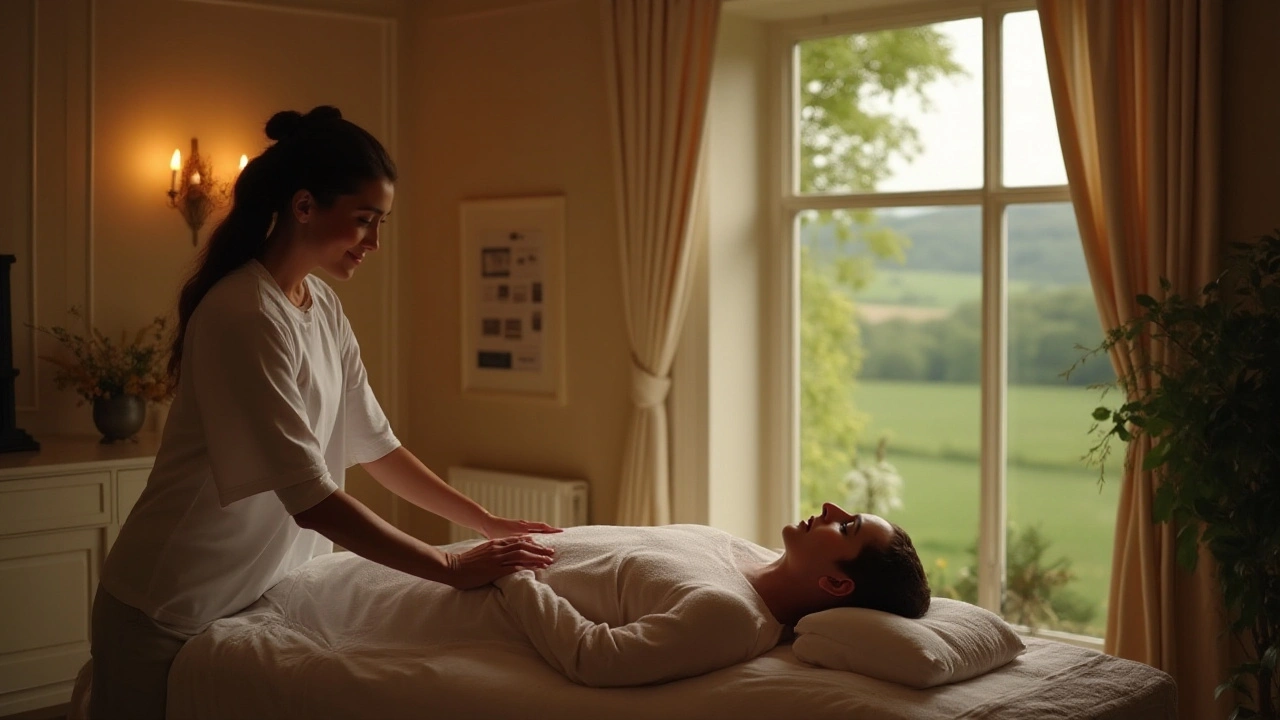Bodywork Techniques: What Works and Why
Got a stiff neck, nagging back pain, or just need better sleep? Bodywork techniques are hands-on methods that help movement, ease pain, and calm the nervous system. Some approaches focus on muscle knots, others on posture, energy flow, or nervous system retraining. Below are clear, practical notes so you can pick what actually fits your problem and schedule.
Popular techniques and what they do
Trigger point massage targets tight knots inside muscles. It can deliver fast relief for a sore shoulder or tight hips if you’re consistent with treatments and self-release work.
Feldenkrais and Feldenkrais-based sessions improve movement awareness. They’re gentle and great for people who want better coordination, less pain with everyday motion, or to complement yoga.
Hellerwork and Rolfing (structural integration) work on posture and fascia. Expect deeper sessions that aim to change how your body holds itself over weeks or months.
Ortho-Bionomy and Polarity Therapy use gentle movements and energy balancing. Good for people sensitive to force or recovering from injury.
Amma, Lomi Lomi, Hilot, Kahuna, Laos massage and other traditional styles mix rhythm, long strokes, and cultural rituals. They relax muscles and help mental rest as well as physical release.
Stone therapy and warm stone massage add heat to melt tension quickly; cold stones can reduce inflammation after activity.
Acupressure and similar point-based methods ease headaches, stress, and digestive discomfort without needles.
Specialized work like palliative massage or blind massage focuses on comfort, dignity, and skilled touch for people with serious illness or sensory-based practice.
How to choose, prepare, and get results
Start with your main goal: pain relief, posture, relaxation, or movement skill. If pain is sharp or linked to recent injury, ask a doctor first. For chronic tightness, try a few different styles in short sessions to see which gives the best, lasting relief.
Ask therapists about training and what a session looks like. Good questions: How many sessions usually help? Do you use oil, heat, or hands-on stretching? Can you teach me a home routine?
Prepare: wear loose clothes for movement-based sessions and eat lightly before treatment. Note any medical issues and share them before the first session.
Make it stick: pair bodywork with simple home habits—two-minute neck stretches at your desk, foam rolling after workouts, or a nightly breathing routine. Most techniques work best as part of a routine, not a one-off fix.
If a technique causes sharp pain, numbness, or dizziness, stop and consult a professional. Otherwise, expect gradual improvements: less daily pain, smoother movement, and better sleep if you pick the right match and stick with it.

Hidden Advantages of Trager Therapy for Well-being
Trager Therapy is a lesser-known yet profoundly effective method for enhancing well-being. Through gentle movements and mindful touch, this therapy offers unique benefits. It helps reduce tension, improve mobility, and promote overall relaxation. By fostering a deeper mind-body connection, Trager Therapy can be a vital tool in managing daily stress and enhancing one's quality of life.

Unlocking the Healing Potential of Hellerwork Therapy
Hellerwork is a transformative bodywork method designed to improve physical well-being by focusing on structural integration and postural alignment. This holistic approach combines hands-on manipulation with movement education and personal growth conversations. By addressing chronic pain and tension, Hellerwork aims to restore the body's natural balance and enhance overall health. It's both a therapeutic and educational experience, providing insights into how emotional patterns manifest in physical form.
Categories
- Health and Wellness (148)
- Alternative Therapies (86)
- Massage Therapy (40)
- Travel and Culture (15)
- Beauty and Skincare (9)
- Holistic Health (8)
- Health and Fitness (5)
- Spirituality (5)
- Other (2)
- Personal Development (2)
Popular Articles



